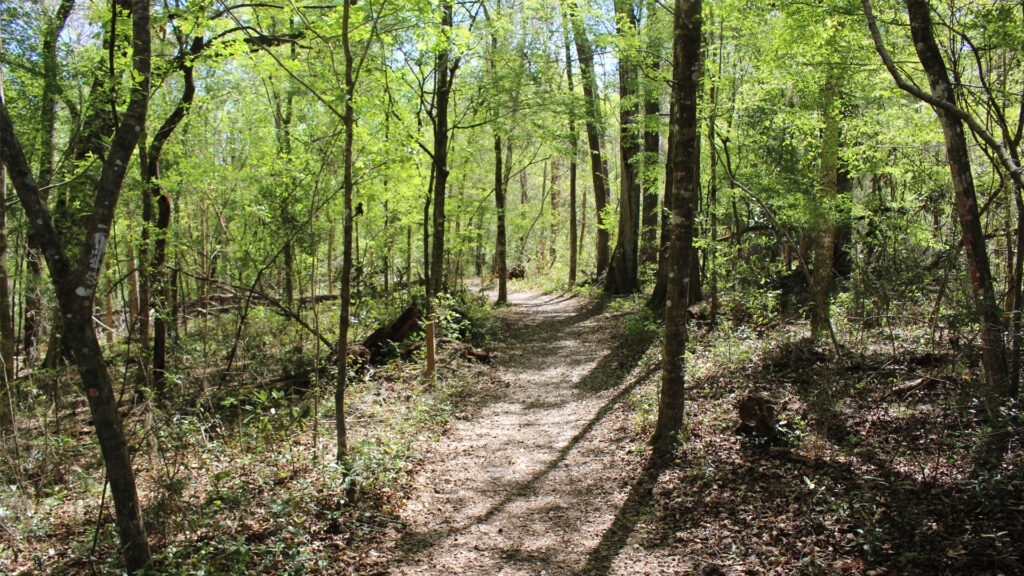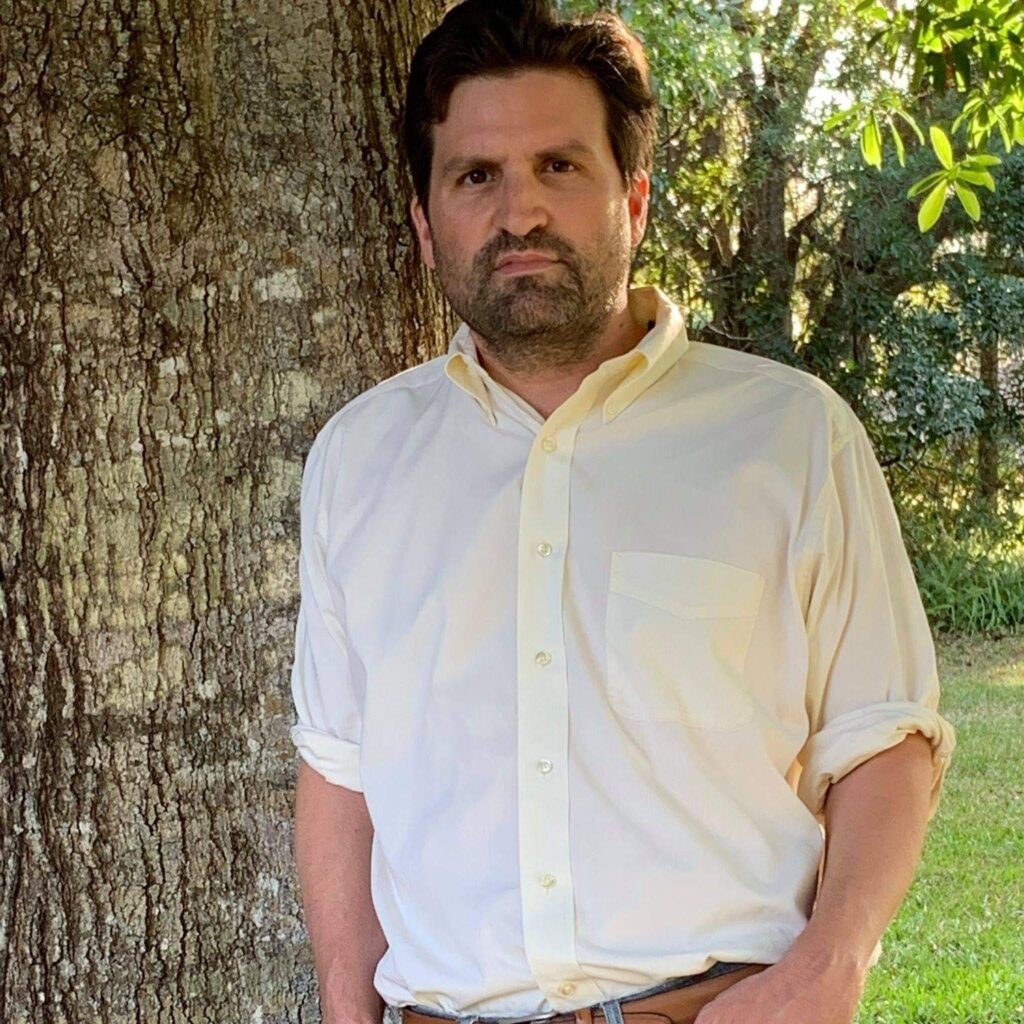By David Vaina
As I wrote earlier this summer, noise pollution is a significant issue in Florida that has negative effects on both humans and the environment.
But to experience complete silence is impossible. As acoustics engineer Trevor Cox points out, we can escape to a soundproof chamber yet still hear our internal body sounds such as the pulse of our blood circulation. I regularly hike near my North Central Florida home and have accepted that there are fewer and fewer natural spaces in which one can stop and not hear the constant noise of cars and trucks zipping down a highway.
Nevertheless, we keep trying to find the quietest places on Earth. There are still a handful of these hushed treasures near Gainesville and other areas around Florida that we should share with one another before their natural sonic biodiversity is drowned out by the building of housing developments, distribution centers, cement plants and sand mines.

My summer project was to pinpoint some of these quiet moments in nature. The Lake Pithlachocco Trailhead in southeast Alachua County remains a favorite of mine. Reaching the midway point of the loop head trail, one rarely hears much at all but wildlife along the Newnans Lake shoreline.
It takes some patience but eventually there are times within Mill Creek Preserve east of High Springs where I find myself in natural silence among the spruce pines of this American beech forest. A 7 a.m. hike at Spring Grove Trail in San Felasco Hammock Preserve State Park is also recommended.
Leaving Alachua County is advised when searching for a more consistent quietude. Generally neglected as a hiking destination, Ichetucknee Springs State Park’s Pine Ridge trail is perhaps my favorite walk in which to forget cars and trucks were ever invented. I find O’Leno State Park an increasingly difficult place to find a quiet moment anymore, but the Preserve Yellow Trail in nearby River Rise State Park is where you can easily get lost in your solitude while observing the Santa Fe River emerge from its brief journey through the underground.
When I noticed things got very quiet this summer during my hikes, I initially found myself struggling to learn what to do with an absence of everyday human noise. My mind would inevitably drift to my to-do list. Or I tried too hard to make it a spiritual occasion.
But later this summer, perhaps I did experience some small miracle. When all you can hear is wind or birds, you hear these sounds more intensely but your other senses are also elevated. I began to see and smell things I normally wouldn’t have perceived if I was only hearing everyday noises. Sound is thus a BOGO where you activate your other senses at no additional cost.

I finally got around to reading Annie Dillard’s “Pilgrim at Tinker Creek” this summer, a nature-writing classic I found quite funny. One day, Dlllard finds herself alone in a pasture and begins to flail her arms and nonsensically yell at the cows: “Lighting! Copperhead! Swedish meatballs!”
For me, I discovered these rare moments of quietude in nature have helped bring out my inner child. I feel more in awe of things. Like a child, I have begun to contemplate the big questions once again and with more courage, have taken steps to “live your way into the answer” as the poet Rilke urged.
These sounds of nature are a state of mind and a pathway to a world much bigger and quieter than the one we now live in. For the kid in us and the actual kids of today and tomorrow, they must be protected.
David Vaina has a PhD in political theory and has helped fund, develop and operate Florida nonprofits over the last 15 years. Vaina spends his free time with the woods, forests, rivers and springs in rural North Central Florida, where he lives.
If you are interested in submitting an opinion piece to The Invading Sea, email Editor Nathan Crabbe at ncrabbe@fau.edu. Sign up for The Invading Sea newsletter by visiting here.



